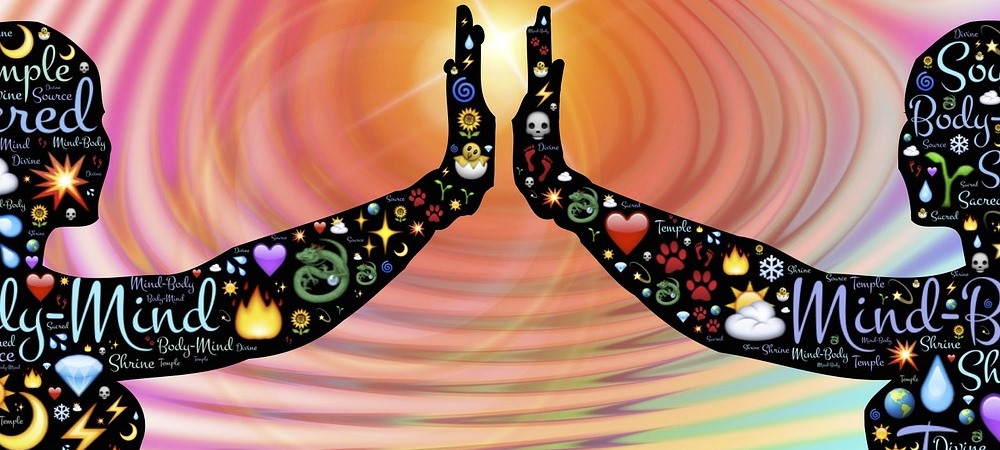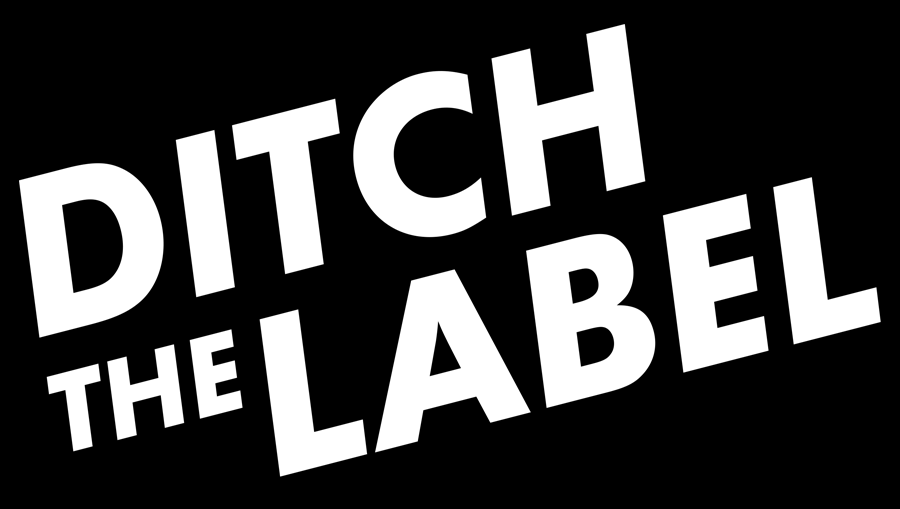Body Image - Key Stage 5

 The Dove Self-Esteem Project
The Dove Self-Esteem Project
About
Born in 2004, the Dove Self-Esteem Project combines work with leading experts with a vision of a world where positive body image equals positive self-esteem, and beauty is a source of confidence.
Since 2013, Dove has joined forces with leading authorities and partners to underpin their work in psychology, health and teen body image. From the World Association of Girl Guides and Girl Scouts (WAGGGS) to the Centre for Appearance Research (CAR) and the Women’s Dermatologic Society (WDS) – working together to empower young people and build body confidence around the world.
Dove's educational program is made to help parents, mentors, teachers and youth leaders better understand how to improve self-esteem of young people. Their resources include tools that are free to download and proven to build positive body confidence.
Click here to see how you can get involved.
Resources
Teach your pupils important strategies to protect and build self-confidence with the Confident Me programme. Confident Me is helping secondary school teachers meet national curriculum objectives in statutory health education, PSHE, health & wellbeing, and literacy across learning.
The programme includes:
Confident Me (5-lesson-pack)
Five x 50-minute lessons on appearance ideals, media messages, body comparisons, body talk and how to become a body confidence champion.
Confident Me (single lesson)
One x 50-minute lesson on appearance pressures, body comparisons, challenging appearance ideals and building body confidence. The single lesson includes one teacher guide with a plan for the session, one PPT slide deck and worksheets.
My Hair, My Crown (single lesson)
A 2-hour session exploring hair beauty stereotypes
Proud To Be Me (single lesson)
A 2-hour session on the impact appearance norms and ideals have on the LGBTQ+ community (Proud To Be Me).
All resources can be delivered flexibly within health education lessons, during tutor time or even as part of an assembly. Each lesson includes a teacher guide with a lesson plan, PPT slide deck, videos and activity sheets.
Click here to register for the resources.
Dove have also produced training videos for teachers to support the delivery of the Confident Me workshop, which include:
- Introduction to body confidence
- Workshop lesson plan & material
- Workshop content overview
- How to create the right environment
- When to adapt the lesson plan
- Tips for challenging questions
Body Image and Advertising
Teaching resources and lesson plans on body image by MediaSmart. The website also provides pages for young people, supporters, parents and careres.
Media Smart Body Image and Advertising - Teachers' Notes
Compilation of TV adverts on MediaSmart UK's YouTube playlist
If you wish to use the case studies, please ensure that your school or educational institution has a valid Educational Recording Agency licence.
Female Puberty Guide
Guide to What A 'Normal' Vulva Looks Like - BBC News
Teenage girls are being directed to a new online reference tool that helps them check if their vulva looks normal. Available on the sexual health charity Brook website, the resource gives visual examples and advice on how female genitals change in puberty.
Key Standards in Teaching About Body Image
'Naked Beach' Body Image Resources for Schools
To The Bone
Rachel Egan: Why I Won't Be Watching 'To The Bone'
This mainstream film may be hot off the press, but Rachel Egan has many reservations. The leading character, Lilly Collins, had anorexia in her teens, and she lost 20lbs of weight for the role. This was irresponsible of the film makers. The film also reflects the huge misconceptions around eating disorders. For example, the main character is a skinny, young, white woman. When in fact eating disorders affect people of all shapes and sizes, and of varying ages. In fact the majority of people with eating disorders will never become underweight. Rachel won't be watching for many other reasons, including the high risk of 'triggering'. Of course viewers are free to make their own decisions about the movie, but you have been warned. To read the full article click on the title above.
Understanding the Relationship Between Male Body Image and Mental Health
Facts, statistics, and resources on male body image and its influences, by Optimale.
What The Beauty Industry Doesn't Want You To Know
 15 Essential Beauty Tips for Teens linked to what the beauty industry doesn't want you to know.
15 Essential Beauty Tips for Teens linked to what the beauty industry doesn't want you to know.
Was the information on this page helpful? 


